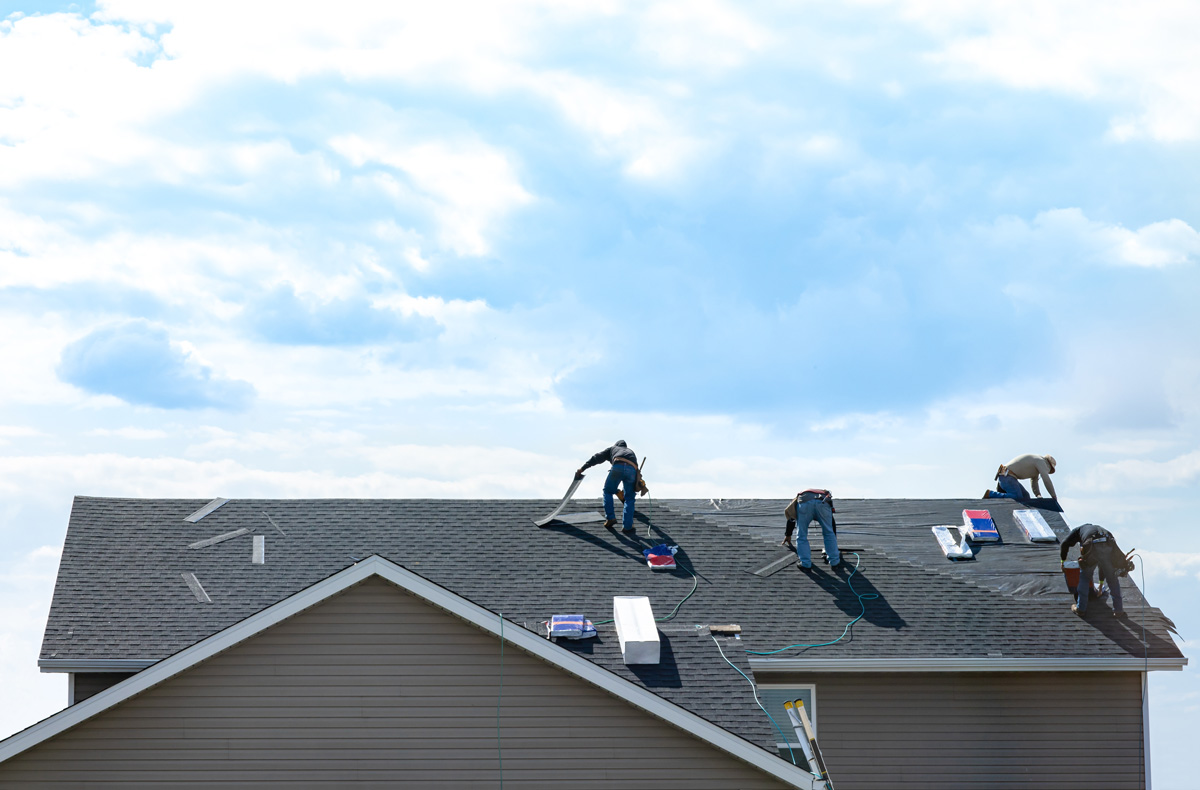Just How to Assess Various Roofing Choices for Your Building Requirements
Examining roof covering alternatives for your structure requires a detailed approach that considers various variables such as the meant use the framework, local climate conditions, and product qualities. It is important to consider the advantages and disadvantages of various roof types, from asphalt shingles to metal and clay tiles, while also factoring in initial expenses and lasting maintenance. Furthermore, recognizing power performance and visual charm can affect your choice. As you consider these considerations, one inquiry remains: which variables will inevitably assist your choice for a sustainable and aesthetically pleasing roof service?
Evaluating Your Structure's Demands
To successfully examine roof options, start by extensively examining your structure's needs. Begin by considering the structure's meant usage, as various structures might require differing roof covering requirements. For example, residential roof coverings frequently focus on appearances and insulation, while business buildings might concentrate on sturdiness and load-bearing capability.
Next, review the local environment problems that will influence roof covering performance. Factors such as temperature level changes, precipitation levels, and wind patterns can influence material option and layout. A roof covering system that masters a temperate environment may not carry out too in locations vulnerable to hefty snowfall or severe heat.
Furthermore, examine the architectural stability of your structure. Make sure that the existing framework can support the selected roof products, particularly if thinking about larger alternatives. It is likewise vital to review any kind of local structure codes or policies that might determine details requirements for roof.

Comparing Roof Covering Materials
Once a detailed analysis of your building's requirements has been finished, the next step involves contrasting various roof materials. Each material offers distinctive advantages and disadvantages, making it vital to straighten your selection with your details demands and conditions.
Asphalt shingles are extensively recognized for their affordability and ease of setup, making them a popular option for household structures. On the various other hand, metal roofing, recognized for its durability and durability, can endure harsh climate condition however might include a greater preliminary investment.
Clay and concrete floor tiles provide outstanding thermal insulation and aesthetic allure, especially for Mediterranean-style design, yet they require an even more robust architectural support due to their weight. Timber trembles deal a natural appearance and good insulation properties however may require much more upkeep and are susceptible to fire hazards.
Reviewing Cost and Spending Plan
Assessing your roofing alternatives requires a mindful analysis of price and budget plan considerations. The general allocate a roof covering task consists of several factors, consisting of product costs, labor expenditures, maintenance, and possible long-term cost savings. It is important to develop a clear budget before discovering particular roof covering materials, as this will assist the decision-making process and assist you avoid overspending.
Begin by obtaining quotes from several professionals to recognize labor costs in your region. Make sure that these estimates consist of all essential solutions, such as removal of the old roofing, installation, and any extra functions, like insulation or air flow enhancements - Roofer. Next, examine the price of various roof materials, considering both first installation costs and expected lifespan

Understanding Energy Efficiency
Energy effectiveness plays an essential function in the choice of roof covering materials and systems, dramatically impacting both energy consumption and general convenience within a structure. An appropriate roof covering can boost thermal performance, decreasing the requirement for heating and cooling systems, which subsequently decreases energy bills and lessens ecological influence.
When assessing roof choices, take into consideration materials that reflect rather than soak up warm. Additionally, correct insulation and ventilation are necessary to enhance the energy efficiency of the whole roofing system.
One more important element is the roof's durability and maintenance requirements. Resilient materials that need less constant replacement add to long-term power savings. The power performance of a roof system can also be examined via its conformity with well established sustainability scores such as ENERGY STAR or LEED.
Considering Aesthetic Allure
A roofing system's visual charm considerably affects the total appearance site web of a structure, complementing its architectural design and boosting curb charm. Perrysburg Roofer. When reviewing roof choices, it is necessary to take into consideration how the chosen material, shade, and design will balance with the existing structure and neighborhood. A well-designed roof covering can elevate also the easiest of structures, changing them right into aesthetic focal factors
Different roof materials offer numerous visual qualities. Standard roof shingles may evoke a timeless beauty, while steel roof covering can present a modern, sleek look. Additionally, the color of the roofing material plays an important function; lighter shades can make a structure show up even more large, while darker tones might produce a cozier atmosphere.
Additionally, building elements, such as dormers and eaves, can enhance the roof's visual influence. It is a good idea to speak with professional designers or architects to make check these guys out certain the chosen roof choice aligns with the general style intent. Inevitably, a roof covering needs to not just provide practical advantages yet also add favorably to the structure's visual, mirroring the owner's preference and the character of the surrounding environment.
Final thought
